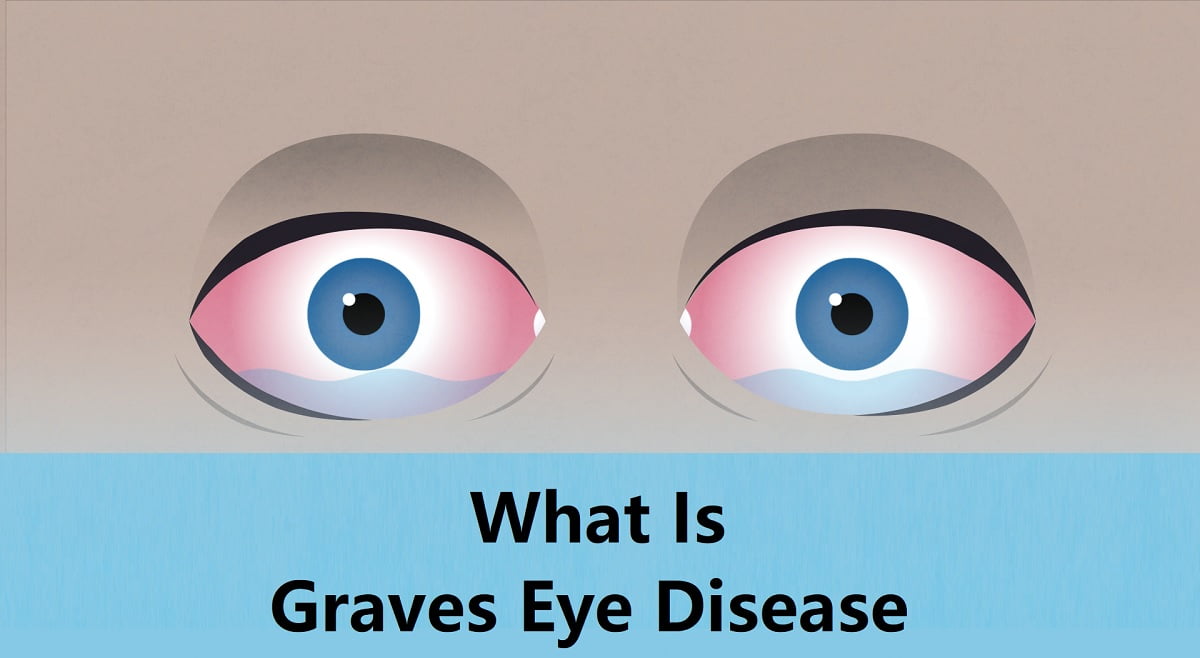
Glaucoma is a group of eye diseases that damage the optic nerve and can result in vision loss and blindness if left untreated. Narrow-angle glaucoma, also known as angle-closure glaucoma, is one type of glaucoma that occurs when the angle where the iris meets the cornea is very narrow. This prevents fluid from draining properly and leads to a buildup of pressure in the eye.
What Causes Narrow-Angle Glaucoma?
There are a few factors that can cause someone to develop narrow-angle glaucoma:
Anatomical Causes
Some people are simply born with a narrow angle in their eyes that puts them at higher risk. This may be due to:
- Smaller eyes
- Shallower anterior chambers
- Thicker, more anteriorly positioned lenses
- Pupillary blockage
Age
Narrow-angle glaucoma is more common in older adults. The lenses in our eyes gradually thicken and move forward as we age.
Ethnicity
Those of Asian descent, especially Inuit and Chinese populations, have a higher risk of developing narrow-angle glaucoma.
Female Gender
Women are at increased risk compared to men, especially after menopause. Changing hormone levels may contribute.
Farsightedness
Being farsighted, or having a refractive error called hyperopia, is associated with increased narrow-angle glaucoma risk.
Family History
Having a first-degree relative with narrow-angle glaucoma increases your risk. Genetics plays a role.
Narrow Angle Glaucoma Symptoms
The symptoms of narrow-angle glaucoma often come on suddenly and include:
- Eye pain or discomfort
- Blurred vision
- Halos around lights
- Red eye
- Nausea and vomiting
- Headache
- Rainbow-colored rings around lights
These symptoms are caused by the rapid swelling of the iris blocking fluid drainage and creating a quick spike in eye pressure. Attacks like this are considered ocular emergencies.
Some people with narrow angles never experience an acute attack and instead have chronic angle closure with more insidious symptoms like:
- Gradual loss of peripheral vision
- Slowly decreasing visual acuity
- Mild eye discomfort
Without treatment, chronic narrow-angle glaucoma can still lead to complete blindness.
Diagnosing Narrow Angle Glaucoma
An eye doctor can diagnose narrow-angle glaucoma through a comprehensive eye exam that includes:
Medical History
Looking at risk factors like age, gender, ethnicity, and family history of glaucoma.
Visual Acuity
Testing sharpness of vision using an eye chart.
Eye Pressure Measurement
Using tonometry to measure the pressure inside the eye.
Gonioscopy
A gonioscopy exam allows the doctor to see the angle between the cornea and iris and check for a narrow or closed angle.
Visual Field Testing
Checking peripheral vision and loss of visual field using perimetry.
Eye Imaging
Taking photos of the optic nerve and other eye structures to check for glaucoma damage.
Treating Narrow-Angle Glaucoma
Treatment focuses on preventing vision loss by lowering eye pressure. Options may include:
Medication
Eye drops, systemic carbonic anhydrase inhibitors, beta-blockers, alpha agonists, prostaglandin analogs, and combination drops may be prescribed.
Laser Peripheral Iridotomy
Making a tiny hole in the iris with a laser to improve fluid flow. This is usually the first-line treatment.
Laser iridoplasty
Shrinking the peripheral iris with the laser to open the angle and facilitate drainage.
Surgery
Procedures like trabeculectomy or tube shunt implantation to create alternate drainage channels.
Ways to Prevent Narrow-Angle Glaucoma Attacks
- Have regular eye exams to evaluate your risk.
- See an eye doctor immediately for eye pain, halos, and blurred vision.
- Dilate the pupil with eye drops before surgery or exams.
- Avoid medications that can trigger an attack like decongestants, antidepressants, and antipsychotics.
- Manage systemic conditions associated with attacks like hypothyroidism.
- Consider prophylactic laser iridotomy if at high risk.
Narrow-Angle Glaucoma FAQs
Here are answers to some frequently asked questions about narrow-angle glaucoma:
Is narrow-angle glaucoma treatable?
Yes, with prompt treatment that lowers eye pressure, further vision loss can usually be prevented. However, vision loss that has already occurred cannot be reversed.
Do I need surgery for narrow-angle glaucoma?
Not always. Laser iridotomy is often effective at treating narrow angles and preventing attacks. However, some people do require glaucoma surgery if other treatments are insufficient to control eye pressure.
Can narrow angle glaucoma cause complete blindness?
Yes, if high eye pressure from narrow-angle glaucoma is left uncontrolled over time, it can eventually lead to complete vision loss and blindness. This severe outcome can be prevented with proper treatment.
Can narrow angle glaucoma be cured?
Unfortunately, at this time, there is no cure for glaucoma. It can only be managed with ongoing treatment. People with narrow-angle glaucoma will need lifelong monitoring and therapy.
Does narrow angle glaucoma get worse over time?
Yes, without treatment the angle will remain closed, eye pressure continues to increase, and the optic nerve becomes more damaged over time resulting in worsening vision loss. Proper management is essential.
Conclusion
Narrow-angle glaucoma is a type of glaucoma caused by a narrow space between the iris and cornea obstructing fluid drainage from the eye. Symptoms like eye pain and vision changes can come on suddenly. With proper diagnosis from an eye care professional and timely treatment to lower eye pressure, further vision loss can be prevented. But narrow-angle glaucoma requires diligent lifelong management with regular exams and treatment adjustments to halt the progression of the disease. The key is early detection and intervention for this potentially blinding form of glaucoma.
Mustafa Al Mahmud is a passionate medical writer and health enthusiast. He is excited to share his knowledge and make reliable health information more accessible through Quick Medico. Mustafa aims to write about common diseases, medications, wellness topics, and the latest health research in easy-to-understand language. He believes clear and accurate health communication empowers readers to take charge of their well-being. In his free time, Mustafa enjoys hiking, cooking, and spending time with his family.



